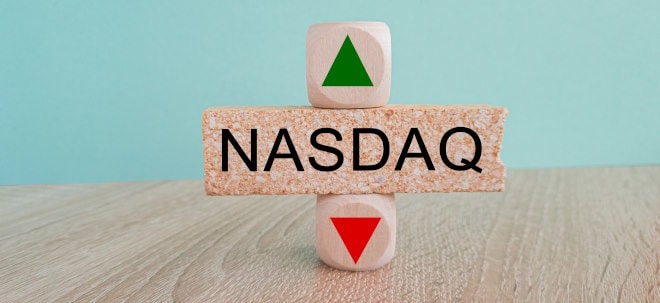@busi 25: This is normal about CVR's.
CVRs: Es handelt sich um ein sehr komplexes Finanzprodukt, ähnlich wie Derivate und/oder Optionen. Grundsätzlich ist dieses CVR-Instrument nicht für Anfänger oder Anleger mit nur geringen "Handels"-Kenntnissen zu empfehlen. CVRs werden oftmals bei Übernahmen und Akquisitionen eingesetzt. Insbesondere dann, wenn die Bewertung des Unternehmens unterschiedlich ausfällt.
Steinhoff hat die CVRs entwickelt, um die WHOA erfolgreich zu machen. Vielleicht handelt es sich dabei auch um einen Wertunterschied.
Eine ausführliche Erläuterung finden Sie hier.
Übersetzt mit www.DeepL.com
CVRs: it is a very complex financial product, similar to derivatives and/or options.
In principle, this CVR instrument is not recommended for beginners or investors with minimal "trading" expertise. CVRs are often used in mergers and acquisitions. Especially when there is a difference in the valuation of the company.
Steinhoff created the CVRs in order to succeed in the WHOA. Perhaps a valuation difference is also involved.
See a detailed explanation here.
https://www.investopedia.com/terms/c/cvr.asp
Understanding Contingent Value Rights (CVRs)
'A contingent value right is tied to a theorized future event, such as an acquisition. CVRs are created when the two companies in an acquisition come to different conclusions about the value of the target. The acquirer may feel that the current value of the target is limited with the potential for a higher value. The target, on the other hand, may value itself higher for any number of reasons, including a new product or technology.
CVRs help bridge the gap between this difference in valuation. An acquiring company can pay less upfront for the acquired company, But if it hits certain performance targets in the future, its shareholders will receive additional benefits.
CVRs come with some risks. That's because their real value is not discernible when they are issued. The risk shareholders face remains unknown because these rights are based entirely on the anticipated price of the stock or some unforeseeable occurrence. When CVRs are issued, a portion of the acquirer's risk is transferred to the target company's shareholders. This could have an adverse effect on any existing shareholders, depending on the price paid to acquire the company.
IMPORTANT: Shareholders who are given a CVR are granted the benefit only if the triggering event takes place in the given time frame. If not, the CVR becomes worthless and expires.
Note: you have this kind of CVR's: Non-Transferable Contingent Value Rights (CVRs)
'Non-transferable CVRs, on the other hand, apply only to current shareholders of the acquired company and are distributed at the time of the merger. Companies prefer non-transferable CVRs as transferable CVRs listed on an exchange require regulatory work and incur higher costs.
While they hold an obligation from a company, investors who receive CVRs are more akin to options holders than to, say, bondholders. Unlike the latter, they have no guarantee to be paid and they have no claim on the company's assets should their payment not materialize. Just like options, all CVRs have an expiration date. No additional benefit is paid to the shareholder other than the stock itself if the CVR expires.
IMPORTANT: Shareholders who are given a CVR are granted the benefit only if the triggering event takes place in the given time frame. If not, the CVR becomes worthless and expires'.
|


 Thread abonnieren
Thread abonnieren


